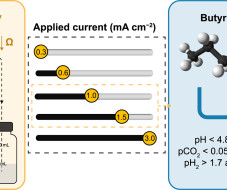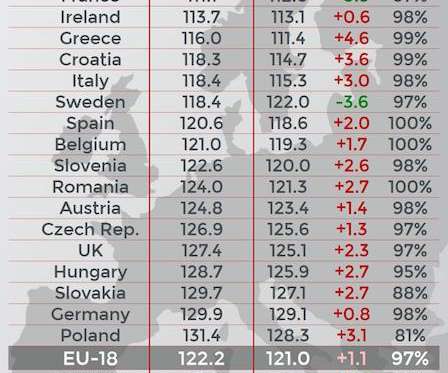Researchers use efficient microbial electrosynthesis cells to convert CO2 to butyric acid; upgrade to butanol
Green Car Congress
AUGUST 21, 2023
Researchers from University of Girona (Spain) successfully used electrically efficient microbial electrosynthesis cells (MES) to convert CO 2 to butyric acid. V and an electric energy requirement of 34.6 Romans-Casas et al. Solventogenic butanol production was triggered at a pH below 4.8 kWh el kg −1 of butyric acid produced.



















Let's personalize your content